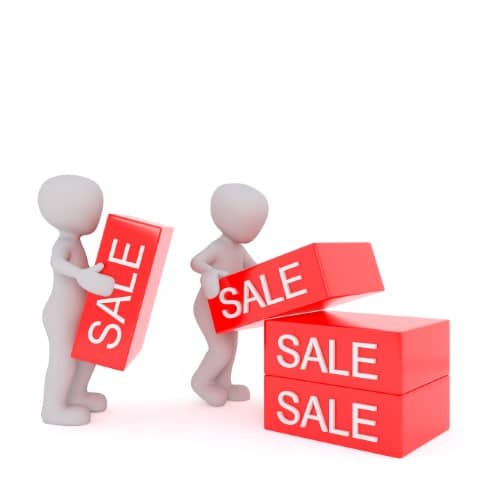Book Club #16: Built to Sell, by John Warrilow
 We’ve already spoken about a John Warrilow book before, namely The Automatic Customer, which is all about how creating subscription streams of income is something incumbent upon (and doable for!) most businesses today.
We’ve already spoken about a John Warrilow book before, namely The Automatic Customer, which is all about how creating subscription streams of income is something incumbent upon (and doable for!) most businesses today.
But before he wrote that, he wrote a book called Built to Sell, which uses the story-telling devices used in The E-Myth and The Goal to drive home precisely what’s needed to build a company that can be sold.
We’ve said it here numerous times before – many businesses don’t sell, and many aren’t even eligible for sale, because the owners haven’t put in the work to build something that can be turned over to a complete stranger. But that’s precisely what’s required. It starts with getting rid of YOU.
Get out of your own way
Of course, you’re a big reason that the company has gotten to whatever level of success it currently enjoys. But for it to grow, and for you to be able to sell it one day, it can’t depend on you.
This means you can’t be synonymous with the business, and you have to have teachable processes in place, as well as products and services that can be sold and delivered by other employees.
Of course, you’re going to be one of the best, perhaps the best in your firm, in all of these areas, but that’s not the point. A potential buyer will be scared if he/she sees your name over all the sales, processes, and management. On the other side of things, how will you keep employees long-term if you never allow them to take on the big tasks you keep reserving for yourself?
Diversify your clients and your offerings
Warrilow really hammers home the idea of avoiding dependency on a single client. Any client who is responsible for an outsized portion of your revenues has implicit control over the direction of your company, yet they have no real risk. Warrilow recommends that no client should be responsible for more than 15% of revenues.
There are many other ideas he discusses, but two, in particular, we should focus on are:
- Avoiding price wars by doing one thing better than everyone else.
If you’re a florist, perhaps you do wedding flowers particularly well and charge an excellent, non-customizable price. By creating a standard offering, you maximize efficiency in your workflows and also create a rallying point for your sales team. It’s also a great funnel for other services. - Generate recurring revenue by creating products your customers need to repurchase.
This is a theme he would fully develop inThe Automatic Customer, but it’s something that works well. Go back to our florist. Instead of offering one-off purchases only, what if she went to hotels and other places that always want flowers in their lobbies and offered a subscription service? It removes a sales cycle, guarantees a service for the client, and generates count-it-every-month income for the business.
The subtitle of the book is creating a business that can thrive without you. Note the word “thrive.” If you know your business slows down or sags a bit while you’re away, you haven’t put in enough work into building your company to sell.
Keep in mind, you don’t have to sell…BUT if you build to sell, not only will your life become easier, but your employees will make more money, and your company’s foundation will be more stable.



